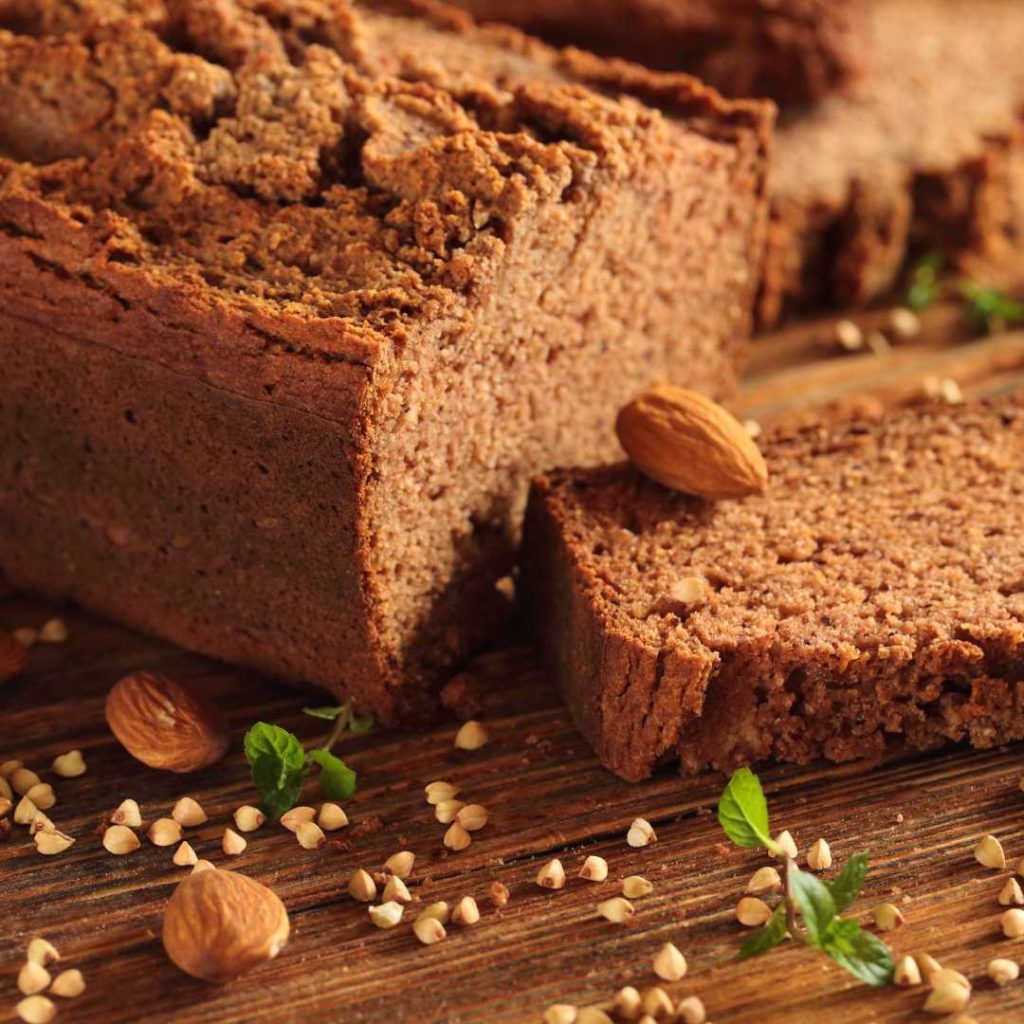Blog
What Is Biscotti? Meaning, History, and How to Choose the Best Italian Biscotti
What Is Biscotti? Meaning, History & Flavors Explained
Updated November 2025
If you are searching for the biscotti meaning, you are in the right place. I learned to bake from my Sicilian grandmother, who believed tradition mattered more than anything. Our kitchen always smelled like almonds, citrus, and stories, and those early memories are the reason our bakery still follows a simple rule today. Keep the ingredients real. Keep the process honest. Always bake with heart.

Biscotti Meaning: What the Word Really Means
The word biscotti comes from the Latin terms for twice and cooked. Bakers shape the dough into a loaf, bake it, slice it, and bake it again. The second bake is the reason biscotti stay crisp for months and why they pair so well with coffee.
If you want to discover everything about biscotti, explore our new Biscotti Guide. Or if you want to shop right away, visit our biscotti bakery.
Biscotti History: From Ancient Rome to Today
Biscotti date back to ancient Rome, where long-lasting twice-baked breads traveled well. In medieval Tuscany, almond cantuccini became famous, often served with vin santo. Over the years bakers introduced chocolate, nuts, citrus, and spice, creating the flavors we love today.
If you enjoy food history, visit our Cantucci vs Biscotti comparison.
Biscotti Variations: Mandelbrot and Cantuccini
Jewish bakers created mandelbrot in the 19th century. Softer than Italian biscotti and often served on Shabbat, it shares the same two-bake spirit. Different cultures, same comforting crunch.

Modern Biscotti Meaning in Today’s Baking
In the United States, biscotti became a café favorite in the 20th century. Today you will find almond flour versions, seasonal flavors, and cleaner ingredient labels.
In our bakery, biscotti means love. It means real ingredients, small batches, and a recipe that started with my Sicilian grandmother.
To see nutrition for every flavor, visit our Biscotti Nutrition Hub.
Biscotti Flavors: Almond, Chocolate and More
From classic almond and anise to festive cranberry pistachio, there is a biscotti for every taste. Our
Double Chocolate uses black cocoa and Belgian chocolate chunks for a deep chocolate bite. Fans say it reminds them of a fudge brownie in biscotti form.
Want quick flavor summaries? Our Biscotti Flavor Hub gives you a simple guide to every option.

Small-batch Dairy-free Handcrafted
How to Enjoy Biscotti
Biscotti are made for dunking. Espresso and cappuccino bring out chocolate and nut notes. Tea brightens citrus and spice. Many people crumble biscotti over yogurt, gelato, or ice cream for crunch.
Our Biscotti Tradition
We bake everything in small batches here on Long Island. If you are just getting started, begin with classic almond. Then try anise or our best-selling Double Chocolate.
For bite-size cookies that ship perfectly, explore our Biscottini collection.
FAQ
What does biscotti mean?
It means twice cooked. The two bakes create the crisp, clean snap.
What are biscotti made of?
Flour, sugar, eggs, and flavorings like almonds, chocolate, citrus, and spices.
Why bake biscotti twice?
The second bake removes moisture and keeps them crisp for weeks.
How do you eat biscotti?
Dunk them in espresso, cappuccino, tea, or dessert wine. Or enjoy them plain.


Pingback: Almond Biscotti: The Classic Italian Cookie That Started It All
Pingback: Biscotti and Coffee: Why They’re the Perfect Italian Pair
Pingback: Biscotti Tiramisu: A Twist on the Classic Italian Dessert - The Biscotti Company | Artisan Biscotti For A Taste Of Italy
Pingback: Tropical Island Biscotti - The Fifties Fight Club
Pingback: Biscottiamo: Traditional Italian Cookies and Their Variations - Cookery Gems
Pingback: Biscotti – Food Belonging
Pingback: Double Chocolate Espresso Biscotti - The Fifties Fight Club
Pingback: Oil-Free Almond Biscotti (Vegan) - Nourish n Flourish